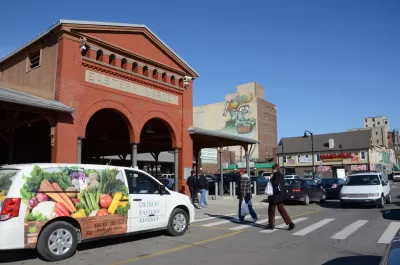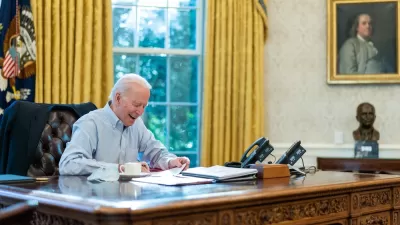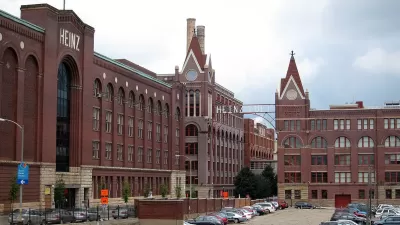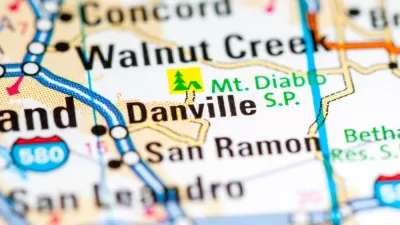Six tips for ensuring that new placed-based funding programs, such as the Build Back Better Regional Challenge, achieve the full potential of a new era of place-based federal investment.

The series of federal stimulus, infrastructure, and inflation bills that have been signed into law by presidents Trump and Biden since the beginning of the pandemic is unprecedented in many ways. According to a recent report by the Brookings Institution, the rare opportunity presented by this spate of new federal investments includes a new focus on place-based initiatives.
“Across the federal government, agencies are launching larger-scale, more in-depth initiatives for accelerating innovation, optimizing supply chains, mitigating climate change, and addressing demographic and geographic inequities,” write Joseph Parilla and Glencora Haskins.
The article cites the Build Back Better Regional Challenge (BBBRC) as the case in point. The Biden administration announced the winners of the BBBRC’s competitive grant process in September 2022, funding 21 projects in 24 states with grants between $25 million and $65 million. To describe the intended focus and effect of the BBBRC, Parilla and Haskins write: “These investments will support the local development of nationally critical technology clusters, and attempt to do so in ways that deliver economic opportunity to traditionally underserved people and communities.”
The article provides six policy design “keys” to unlock the potential of new place-based funding programs, informed by insights from the BBBRC so far, as listed below (with more details in the source article):
- Macro-relevant
- Micro-based
- Network-focused
- Competition-driven
- Leaning-enabled
- Rick-adjusted
The list and the article is taken from a full report published by Brookings in November [pdf].
FULL STORY: Six keys to unlocking a new era of place-based federal investment

Study: Maui’s Plan to Convert Vacation Rentals to Long-Term Housing Could Cause Nearly $1 Billion Economic Loss
The plan would reduce visitor accommodation by 25,% resulting in 1,900 jobs lost.

North Texas Transit Leaders Tout Benefits of TOD for Growing Region
At a summit focused on transit-oriented development, policymakers discussed how North Texas’ expanded light rail system can serve as a tool for economic growth.

Using Old Oil and Gas Wells for Green Energy Storage
Penn State researchers have found that repurposing abandoned oil and gas wells for geothermal-assisted compressed-air energy storage can boost efficiency, reduce environmental risks, and support clean energy and job transitions.

Santa Barbara Could Build Housing on County Land
County supervisors moved forward a proposal to build workforce housing on two county-owned parcels.

San Mateo Formally Opposes Freeway Project
The city council will send a letter to Caltrans urging the agency to reconsider a plan to expand the 101 through the city of San Mateo.

A Bronx Community Fights to Have its Voice Heard
After organizing and giving input for decades, the community around the Kingsbridge Armory might actually see it redeveloped — and they want to continue to have a say in how it goes.
Urban Design for Planners 1: Software Tools
This six-course series explores essential urban design concepts using open source software and equips planners with the tools they need to participate fully in the urban design process.
Planning for Universal Design
Learn the tools for implementing Universal Design in planning regulations.
Ascent Environmental
Borough of Carlisle
Institute for Housing and Urban Development Studies (IHS)
City of Grandview
Harvard GSD Executive Education
Toledo-Lucas County Plan Commissions
Salt Lake City
NYU Wagner Graduate School of Public Service





























